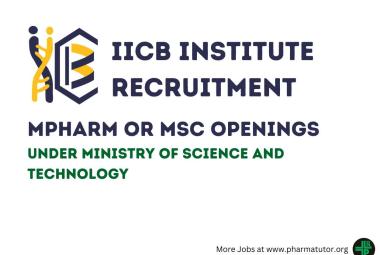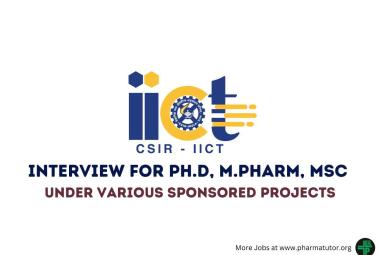Regulatory Affairs: an Overview
About Authors:
Dolita Shah*, Mayur Mistry1
*M.Pharm (Q.A, Gold Medalist),
Asst. Professor, Smt. R. B. Patel Mahila Pharmacy College
1Production officer, Intas Pharmaceutical ltd,
Ahmedabad, India
Introduction
A new molecule can cost several millions of rupees or dollars to progress and any blunder causes greater impact on company’s status. As medicines play a vital role in human’s life there must be regulations for medicines ensuring Quality, Safety and Efficacy of drugs. The regulatory affairs professional is the only one who is completely responsible for holding products in compliance and maintaining all the records. One of the vital activities of the regulatory specialist is to ensure that the all the information regarding medicines has been correctly established to the patient covering labelling also. Even a small mistake in any of the activities related to regulatory can make the product to be recall in addition to loss of several millions of the money.



 About Authors:
About Authors: About Authors:
About Authors:







.png)

